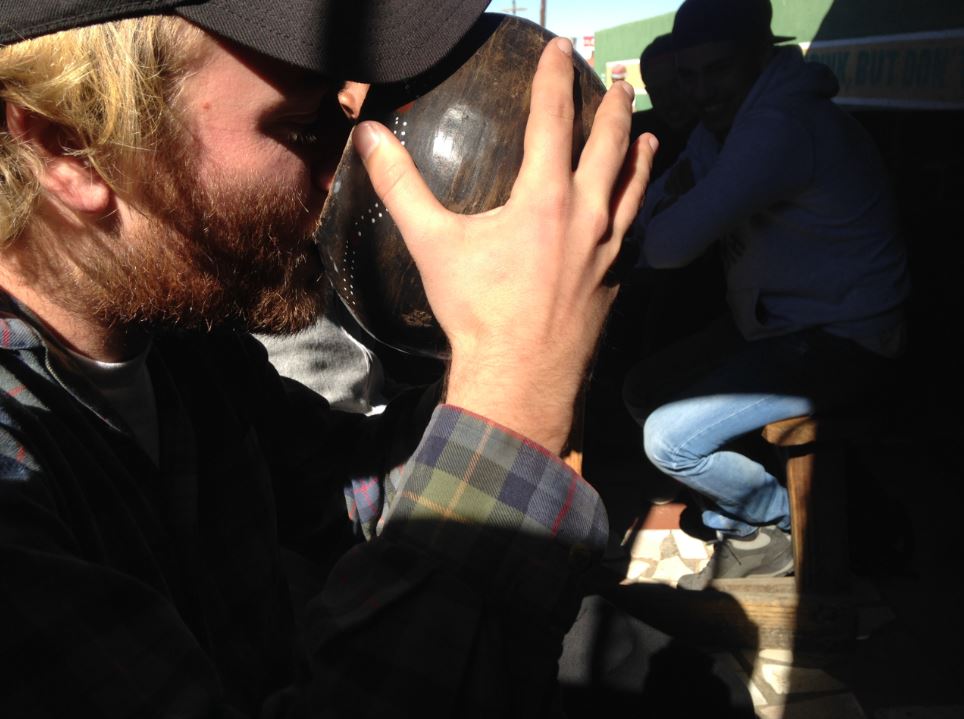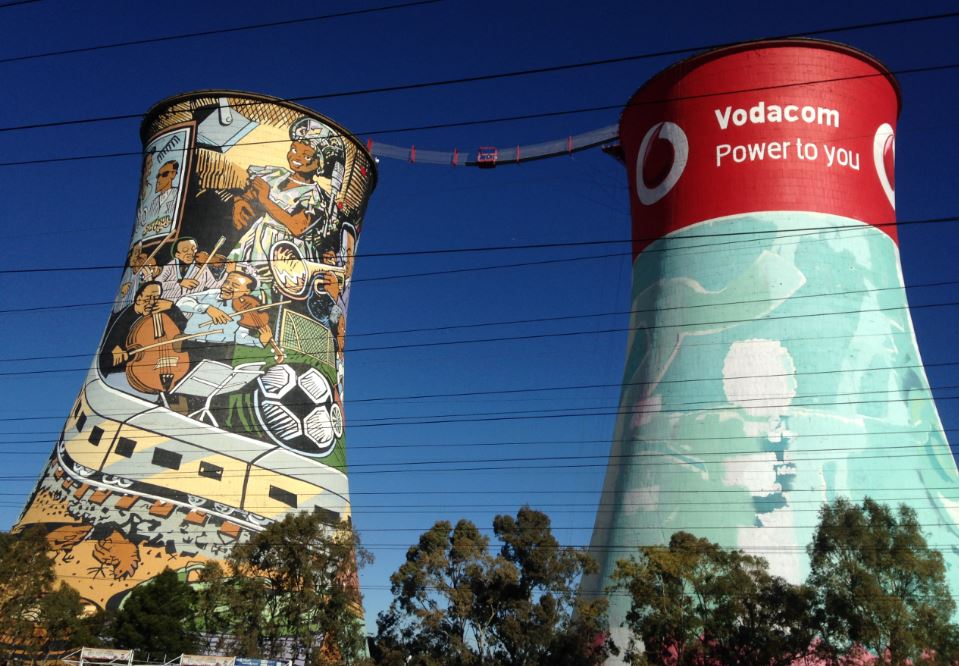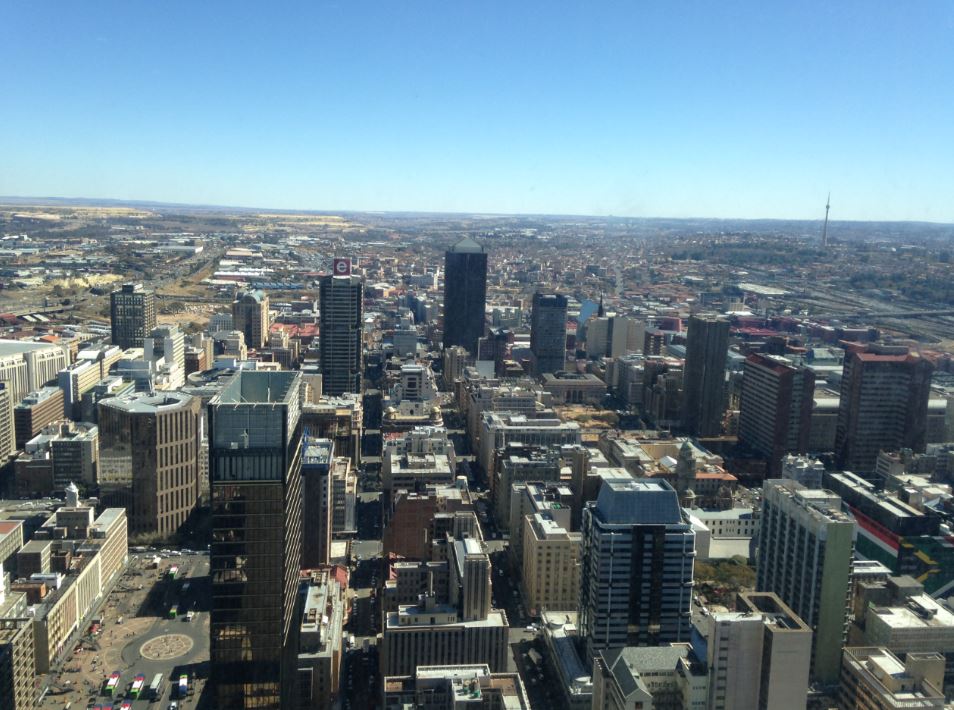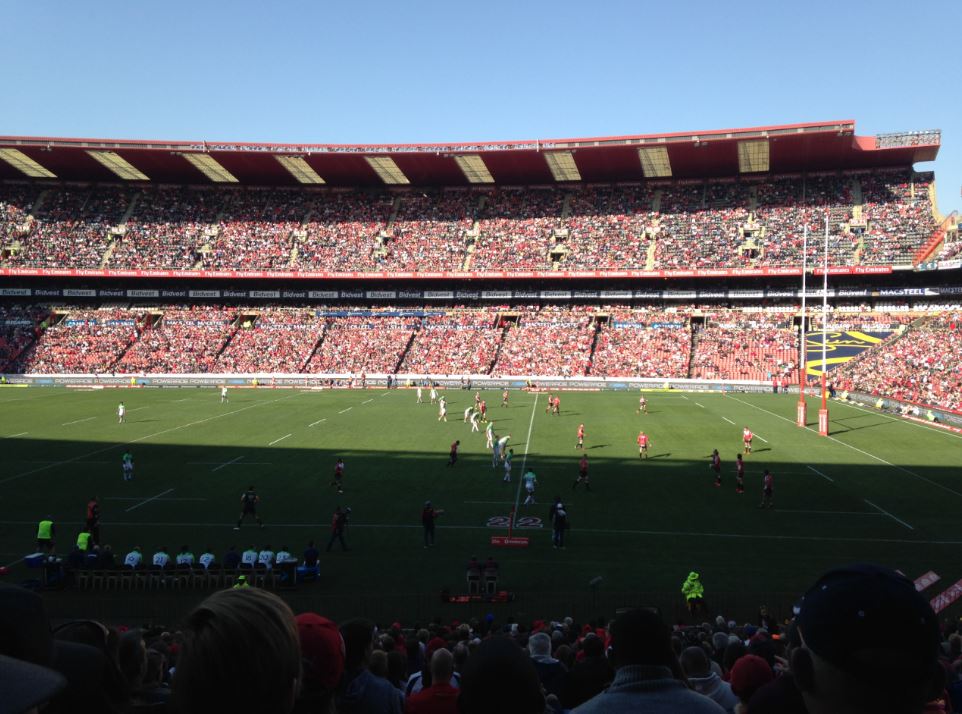Walking around Soweto
The day after our walking tour of Johannesburg, Claire and I joined Teppo and Victor again, this time heading to Soweto. We all hopped on the minibus and made our way out of central Jo’burg and into Soweto. Once we arrived, we pulled up in a compound inside which was a school and kindergarten.
We all jumped off the bus and were introduced to another guide, who was going to take us around the area, which was the poorest part of Soweto. The shacks that lined the uneven, litter-strewn dirt tracks were all different. There was no uniformity and they were only consistent in their inconsistency. Our guide, sadly I have forgotten his name, told us that this area of Soweto has no running water or electricity. He said that many people illegally hook their homes up to the electricity pilons that run through the township and pointed out a number of lines that were making their way from a nearby pole down onto the corrugated iron roofs of some of the homes nearby.
The lack of running water was also a big issue for everyone. There were public taps in the dirt tracks that passed for streets, however, every time the government used metal taps they were stolen and sold to scrapyards for a small amount of money. So now the taps were made out of plastic, which break when used by so many people so often. The issue of no water is also a problem when it comes to going to the toilet, which is why the streets are lined with portaloos, like the ones you get at festivals or on building sites back home. For these people, they were their only toilets. It is a grim existence, especially, according to our guide, when the heavy rains come. He said that when it rains hard the area floods and everyone’s homes fill with muddy water. This dishevelled little area had a rough and poor feel to it, and you couldn’t help but feel sympathy for those people who lived their, especially when you consider the history of the area and how so many people were forced to relocate there.
The history and forced relocation of black people to Soweto is similar to the story in the movie District 9, where the aliens who accidentally landed in South Africa were relocated to their new district which was more like a concentration camp and a slum combined. It turns out that a lot of the movie was actually shot in Soweto, which is why it had such an authentic feel.
After wandering around the area, through alleyways and past houses, we ended up back at the kindergarten. Victor warned us that when we went into the room the kids would swarm us. He bent down and wrapped his arms around my legs saying that as soon as we went in at least one child would do that to us. Then he let go and opened the door. I was first in and as soon as the door opened all the children started screaming and ran over. Within seconds one child was lying on the floor at my feet with his arms wrapped around one of my legs. Then a second child came over and grabbed my other leg. The other guys in our group all followed me in and all hell let loose. There were kids everywhere jumping up and grabbing people. They were so enthusiastic and all went crazy when we got our cameras out. One kid managed to swipe my hat from my head when I bent down and within seconds my sunglasses were gone too. I looked over and he had them both on. We were told that these were the five year olds and a few minutes later we were in with the four year olds and then the three year olds. Each time we moved into a different room the kids got gradually calmer and the youngest ones were all sat in a line enjoying their lunch.
We all jumped back in the van after thanking our guide. Teppo and Victor took over again and we drove off to head to the next stop on our trip. We pulled up to the Hector Pieterson museum. Teppo told us the story of why this place came to be. In the 1970s, during the Apartheid regime brought in by the Dutch colonists, the language of Afrikaans was introduced. It was made compulsory in schools by the white people as another form of control on the education of the black population. People in schools were speaking a range of languages, however, all of a sudden they were forced to be taught in Afrikaans. Many teachers didn’t know how to speak the language, and most of the children didn’t either, yet their lessons were from then on to be entirely in Afrikaans. The Apartheid regime also used schooling to keep black people unable to work in certain industries and positions. Their education was specifically designed to make them good manual workers, only ever able to carry out hard, physical and menial work. The introduction of Afrikaans was the final straw that lead to a number of students, mere school children, protesting. They would deliberately not turn up for school on mass, and on a few occasions they would march through the streets protesting their treatment. On one such march the children were walking down the street and came across the police who tried to subdue them. The police released a dog that aggressively ran towards the crowd of students who fought it off and beat it to death. A few children threw stones back at the police in retaliation and then chaos happened. The police fired live ammunition at the crowd killing over sixty children that day. The youngest child killed was Henry Pieterson, who was 13-years-old. The museum we were taken to was dedicated to that day and paid tribute to the children who were at the protest. It was a horrible event that made us angry. How an armed police force can kill over 60 children is beyond me.
There is one famous picture from that day of Henry Pieterson that caught the attention of the international media and began the long drawn out process of ending the Apartheid. It is of Henry, dead, in the arms of a stranger. The man is called Mbuyisa Makhubo and he saw Henry, a small boy, dead on the floor and scooped him up. In the picture he is carrying his limp body through the streets, and next to him is Henry’s older sister, screaming and crying. It’s a very powerful image, but the picture itself also comes with added baggage. Mbuyisa Makhubo then had to flee the country for fear of reprisals from the apartheid regime. He was so worried for his life, due to simply being photographed at the scene of the massacre, that he fled to Botswana and was never seen again. Teppo told us that no one knows if he is dead or alive.
After the museum we went for a stroll to a nearby street that is the only street in the world on which two different people both to have won the Nobel Peace Prize have lived. Both Nelson Mandela and Desmond Tutu have both lived on this street. Mandela’s old house is now a miniature museum and Desmond Tutu still owns his, occasionally frequenting it from time to time. There is a restaurant outside his home and apparently when he is in town he often sits out the front chatting to customers.
We then stopped off in a little bar where we got to try some of the local beer. The maize beer came in cartons and was rather creamy and quite vinegary. It was poured into a calabash and passed around with everyone having a sip. And after the beer, and some dancing and magic from some street performers, it was then time for lunch. We are some chicken feet and necks, before tucking into some strange burgers consisting of chips, salami and sausages all wrapped in bread. It looked a mess, but was pretty good.
Our tour then took us to the famous Orlando Towers, where we watched some people doing bungee jumps. These gigantic cooling towers are seen from miles around and are an iconic landmark in Soweto. It was then that we departed and made our way over to the Apartheid Museum. Claire and I spent the next few hours wandering around the museum, which was full of fascinating information and insights into the apartheid regime and how it was toppled. It was a harrowing yet inspiring experience that highlighted just how awful life was for most black people in South Africa for a long time. Nelson Mandela was a truly incredible human being who was fighting hard for a very long time for the rights of his people. I cannot think of anyone off the top of my head who I respect more.










Comments are closed here.